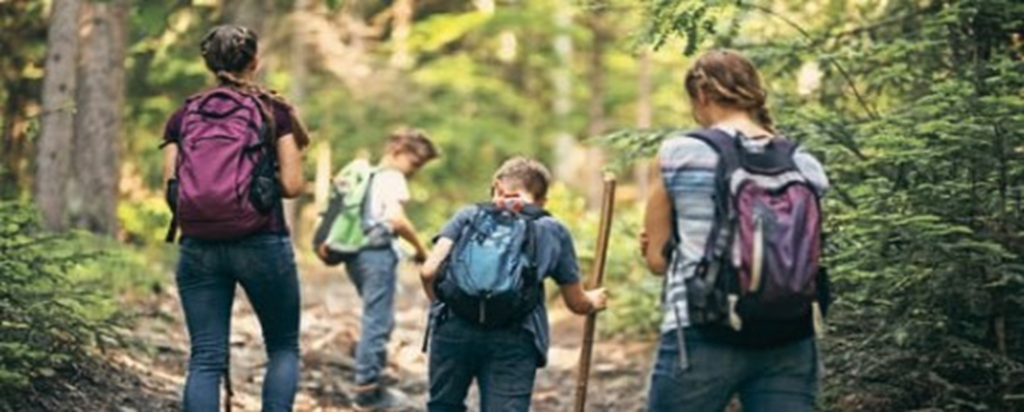
Taking a day hike during good weather is always a fantastic way to unwind and enjoy some peaceful solitude. It’s also a great activity to do with friends, family, or loved ones. This is an excellent opportunity to introduce children to the breathtaking beauty of nature outside of city life. Additionally, hiking can be an effective way to conduct business. I recall a potential client inviting me to join her for a morning hike instead of a coffee meeting a few years ago. When hiking, you’ll likely encounter others who share your interest. Following these 8 basic courtesies will make your hike a delightful, secure, and stress-free experience.
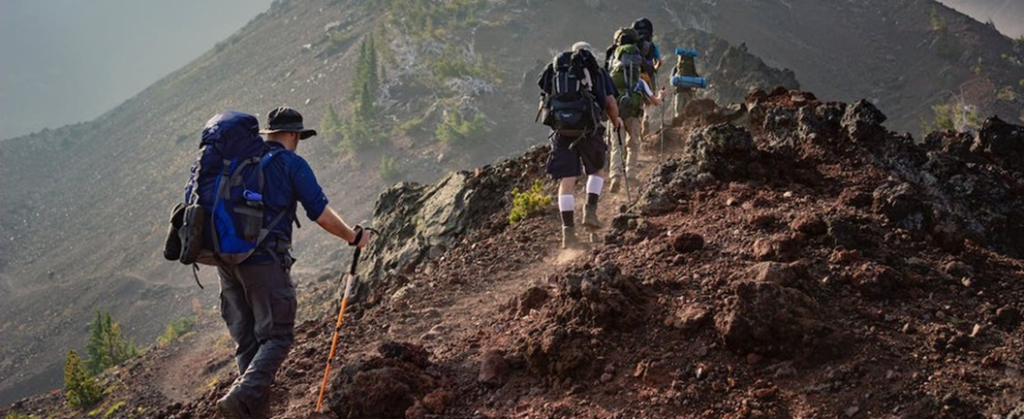
1. It’s okay to have a different hiking pace
When hiking with a partner, and others, don’t feel obligated to match their pace if it doesn’t suit you. It’s better to temporarily split up and meet back at predetermined points, especially if you’re on a well-defined trail. This allows you to hike at your own pace, appreciate the peacefulness of solo hiking, and potentially catch sights of more wildlife.
2. Hiking with kids has its challenges
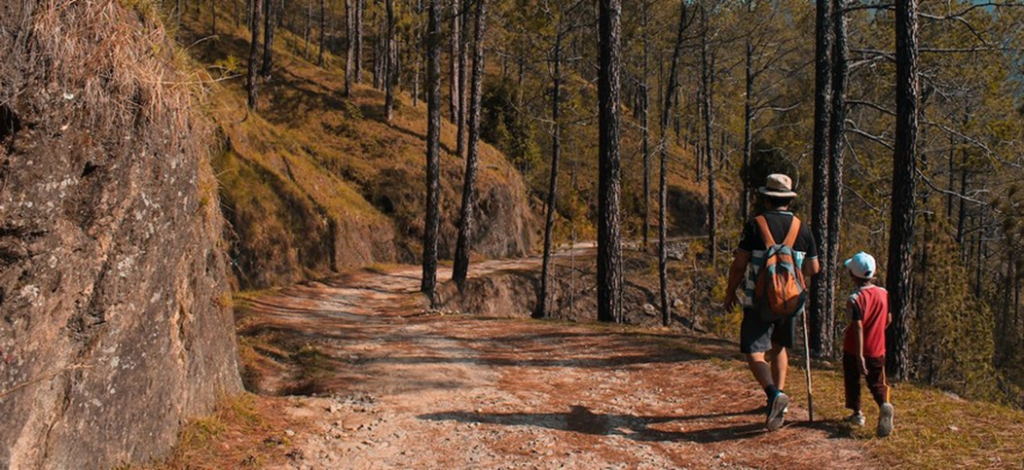
When children reach the age of four or five, and definitely by six, they are ready for brief day hikes to determine their pace, interest level, and endurance. This will also challenge parents’ patience, tolerance, and capacity to carry their child back to the car when the last half-mile is too far. Children may stop walking when they feel tired, hot, wet, or unhappy. Younger children may grumble and request to stop when things get difficult. Unlike adults, kids don’t understand the purpose of suffering, and adults are too embarrassed to complain.
3. Enjoy the peace and quiet
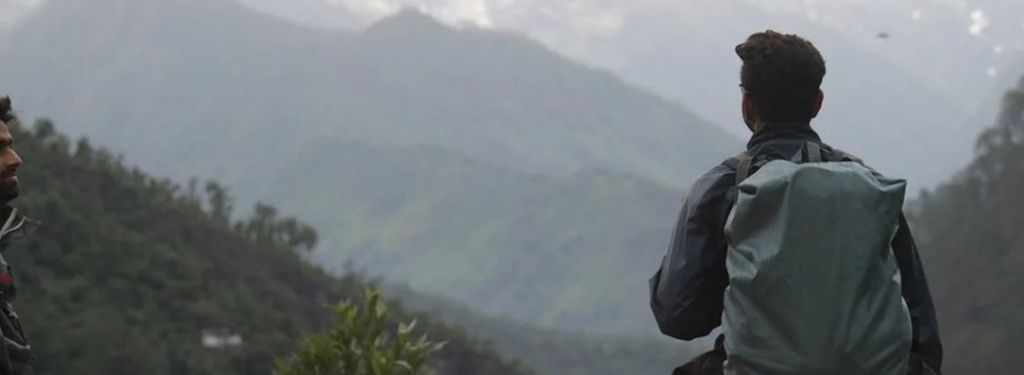
It’s best to leave electronic devices at home to immerse yourself in the wilderness fully. Instead, embrace the sounds, views, and scents of nature. Remember that noise travels far outdoors, so be mindful of your volume, especially in a group. Treat the environment like a library or theatre, and minimize unnecessary noise. Focus on the symphony nature provides. Although you won’t hear the usual city sounds, the wilderness has its own unique symphony of wind, water, birds, and animals. In fact, many people venture into the woods to experience the natural soundscape and the peaceful serenity that comes with the full experience.
4. Stick to pre-arranged plans

When hiking with others, informing someone of your plans is important if you decide to go off alone. Be sure to tell them what you’re doing and when you plan to return. Additionally, if you’ve agreed to participate in a specific activity, such as exploring other trails, picnicking, or camping, avoid making impulsive decisions to leave alone. The group may become worried or even panicked if you suddenly disappear, and searching for you in unfamiliar surroundings or darkness could harm them.
5: Stay on the trail
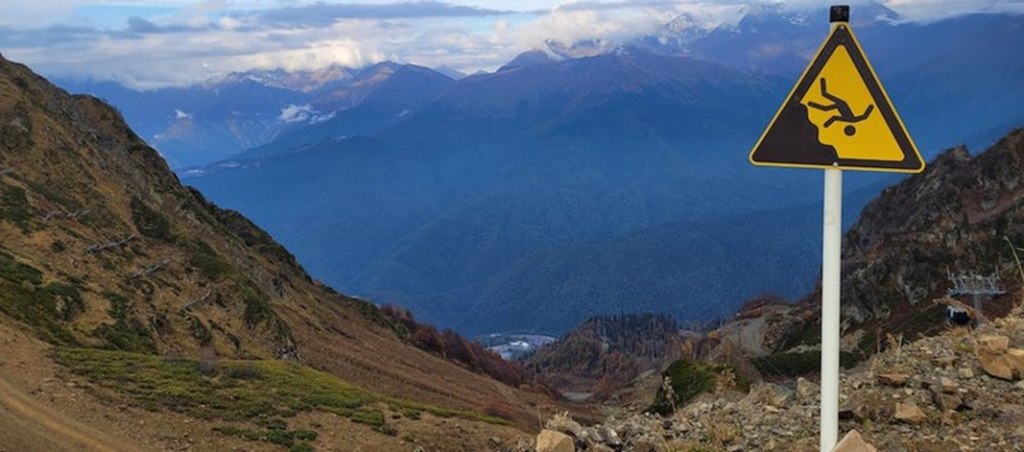
Established trails are designed for the high impact of many hikers. Walk in a single file so as not to widen it. Wear hiking boots as the best way to stay on the trail through wet or muddy stretches. Skirting puddles create additional side trails and unnecessary erosion. Don’t shortcut the switchbacks. They are designed to minimize erosion and ease the ascent and descent in steep sections. Cutting these corners causes downhill drainage that can quickly erode a trail. When taking a rest break, move to the side, off the path to a complex, rocky area, a non-vegetated place, or a place with durable vegetation, such as dry grass.
6. Share the trail
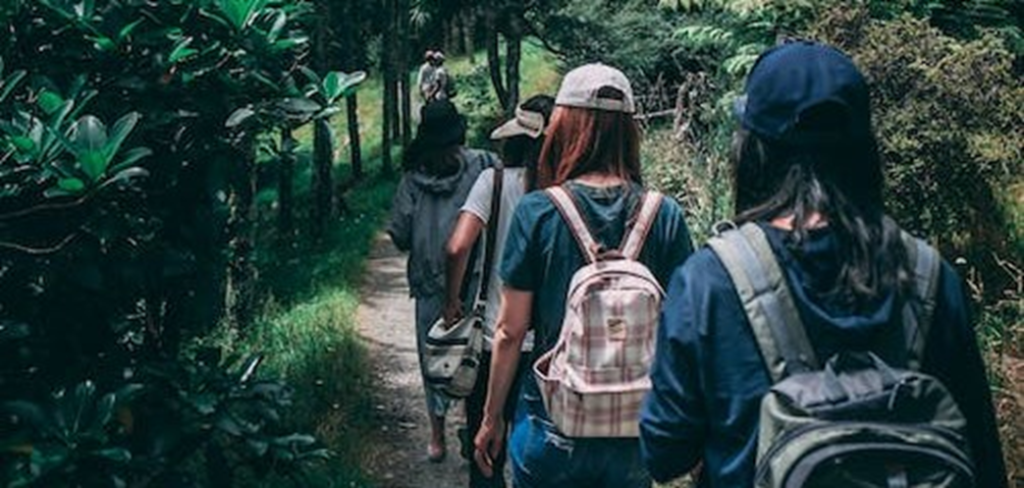
When there are people behind you who catch up, it’s best to step aside – usually to the right – and allow them to pass. Although this may appear to be a no-brainer, you’d be amazed at how many hikers prefer to accelerate instead. The issue is that slower hikers are typically unable to keep up with the faster pace and must eventually slow down, resulting in faster hikers catching up anyway. Repeating this tactic becomes uncomfortable for everyone involved, so it’s best to avoid it.
7. If you pack it in, pack it out
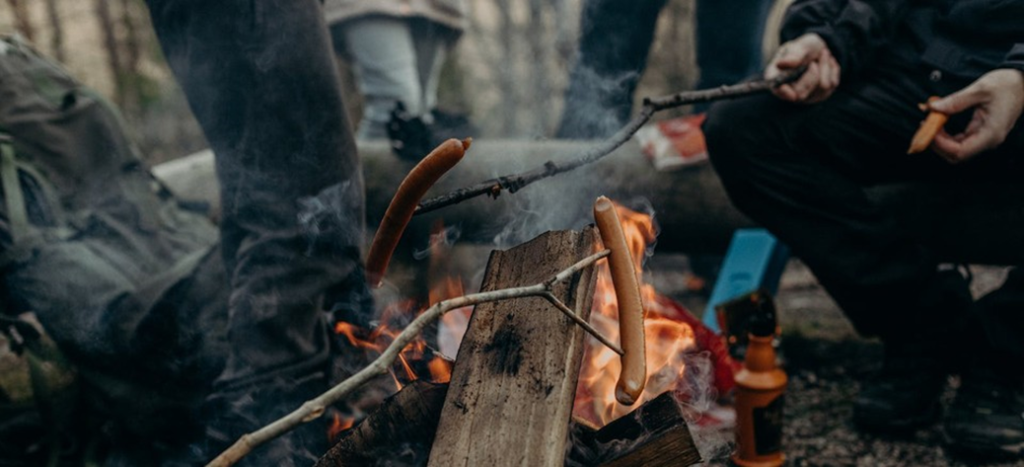
Whatever you bring with you, even when on a day hike in a local park, take it out or dispose of it in a trash or recycling container provided by the park. Some trash items, such as batteries, are considered toxic waste and must be disposed of properly, not tossed out with regular trash.
8. Respect the environment and wildlife

Don’t alter the environment to your liking or bring home souvenirs. Allow the next person to see as much of the natural world as you did. It’s exciting to find an arrowhead or deer skull by the trail. Why not leave it there so the next hiker can enjoy the same excitement as you did? Taking photos is my way of preserving what I see.
You are in the home of wild animals and birds, so respect their need for undisturbed territory. Disturbing animals can interfere with feeding or breeding behavior. When following an animal for a photo, stay downwind, avoid sudden motions, and don’t charge or give chase. Please resist the temptation to feed wildlife. Leaving seeds for birds or breadcrumbs or nuts for squirrels can upset the natural balance of their food chain. Feeding wild animals can make them dependent on human food, which causes big problems. Bears have been known to rip the doors off cars to get to the people- food inside.
BONUS: Protect yourself from lightning
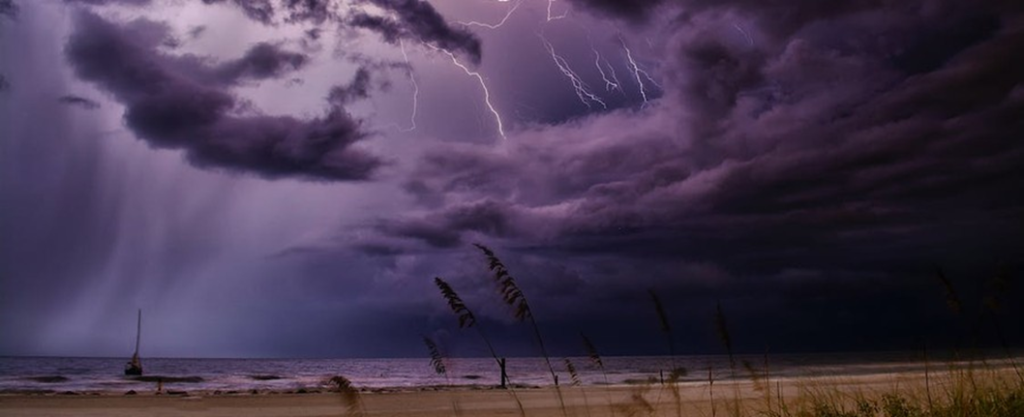
If a thunderstorm comes upon you while hiking, your instinct might be to take cover and get into a shelter. But sometimes protection can be more dangerous than staying outside. Find a place least likely to attract a strike. Avoid peaks or tops of hills, exposed ridges, tall trees, and open fields. Probably the safest shelter is inside the “safety shadow” of a potential lighting target. This means you’re far enough away to be relatively safe from a direct strike and ground currents. but not so far away as a target.
If you are near a large tree or another target, stay inside an area where the horizontal distance from the target is about one-half the tree’s height above you. It is best if the tree is 5 to 10 times your height, so you can reasonably distance yourself from the potential strike zone. Wherever you place yourself, put a non-conducting item between you and the ground by crouching on your pack or knapsack, a rolled-up jacket, or a dry rock. Assume the “lightning position” with your feet close together and your buttocks off the ground. Hug your knees or put your hands on them.
Conclusion: As often as possible, take time to enjoy the great outdoors!
Question:
What other items do you think should be added to this list of hiking and wilderness etiquette? Use the space in this article to submit your comments, or email me at Info@AdvancedEtiquette.com, Subject: Hiking. I’d appreciate you taking the time to share your thoughts.

It’s not typical to think that even taking a hike has considerations for being kind and thoughtful.
CJ: Thanks for the comment. You hit the nail on the head about how people sometimes dismiss the fact, “everything” in life has etiquette!